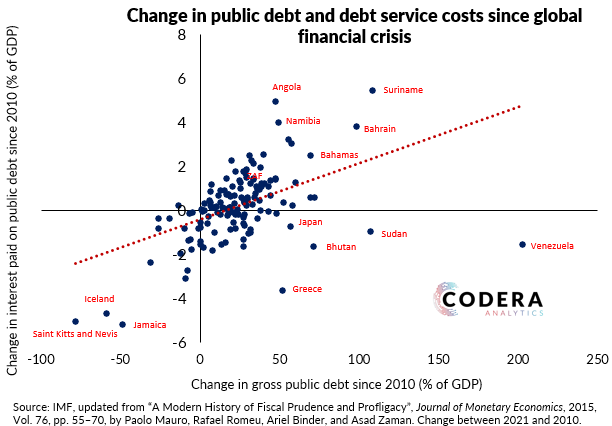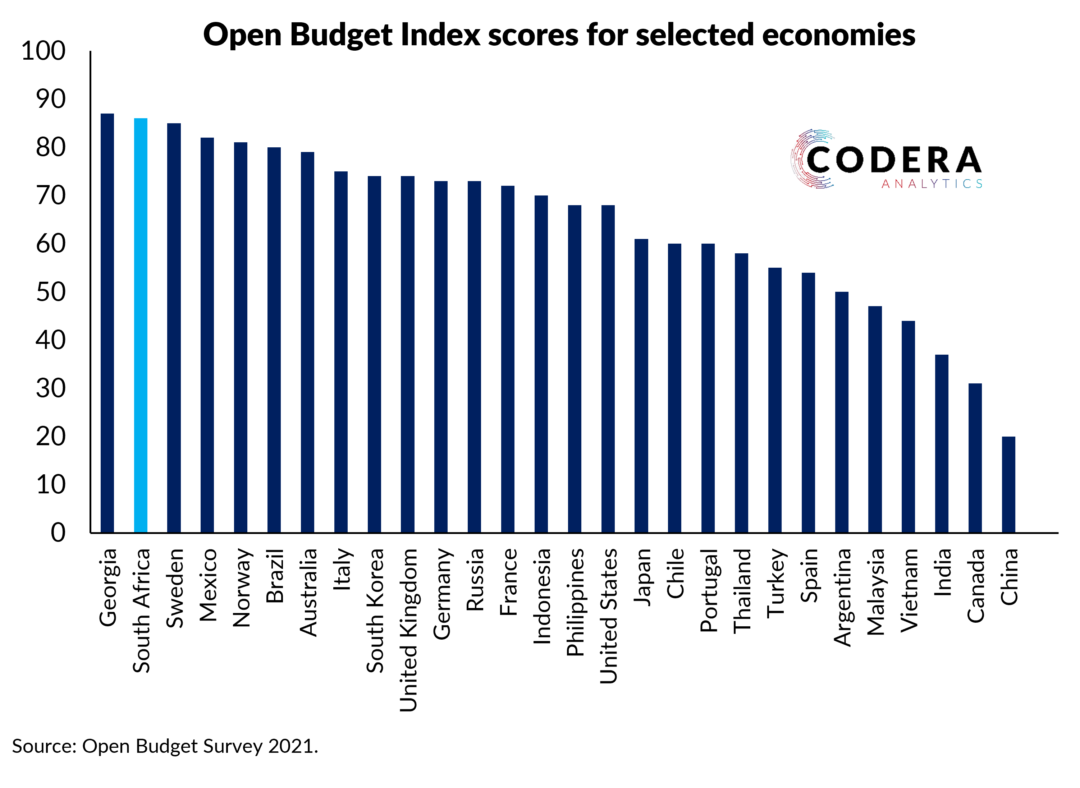Tax buoyancy measures how tax revenue changes in response to changes in national income and tax compliance. In this post I use the same simple approach to measuring the buoyancy for South Africa as is used by the National Treasury.
Actual revenue buoyancies were below target for much of 2015 to 2020 owing, in part, to successive growth disappointments. Actual tax buoyancy fell below 1% in 2016/17 to 2017/18, meaning that for every 1% increase in GDP the economy was producing less than 1% additional tax revenue. This implied larger revenue shortfalls than projected. Between 2020 and 2023, on the other hand, buoyancies were higher than Treasury projected, in part a windfall from unexpectedly stronger terms of trade. The spike in the 2022 budget reflected weak expected revenue relative to the Treasury GDP projection. Some of the fall in the buoyancy projection for the 2022/23 and 2023/24 budgets may have reflected the expected impact of the reduction in the corporate income tax rate in the 2022 budget. In the 2023 Budget Review, Treasury projected that tax buoyancy will remain above its historical average.

An important question is whether South Africa is nearing the point where higher taxes might tend to reduce buoyancy, limiting the revenue gains from higher taxes and requiring fiscal consolidation to stabilise and eventually reduce the debt burden. In the present context, one might expect collection efficiency gains from SARS to slow, the impulse from higher commodity prices to dissipate and the impact of loadshedding and political uncertainty likely will be putting a brake on revenue growth over the projection period.
It is important to note that the simple calculation discussed above does not not capture the endogenous response of tax revenues to nominal income/GDP changes conditional on the tax system at a point in time.
There does not appear to be any recent papers on this topic for South Africa. It would be interesting to see what a structural model’s estimate of buoyancy over recent years would be for South Africa.

